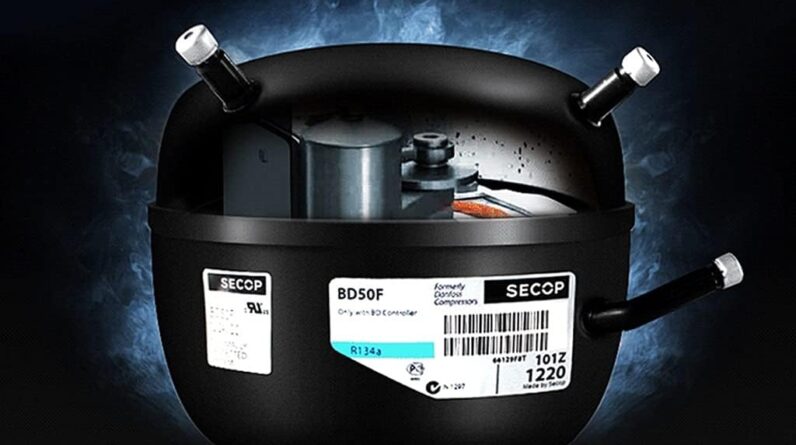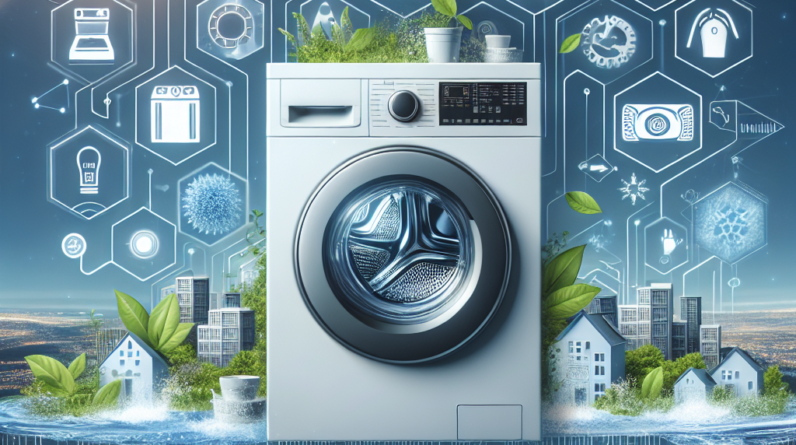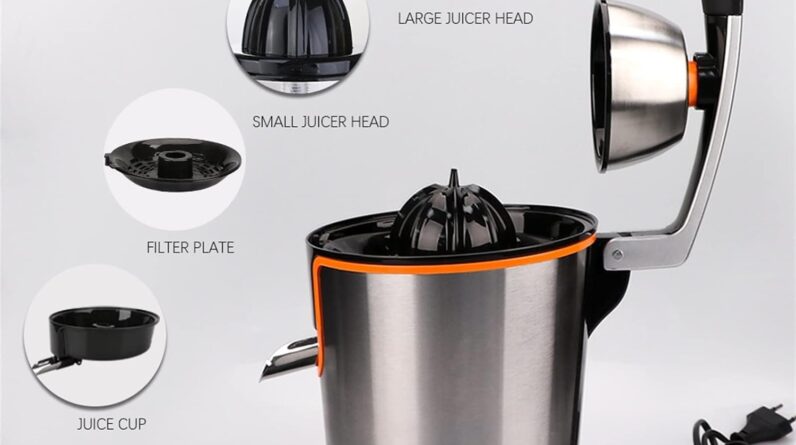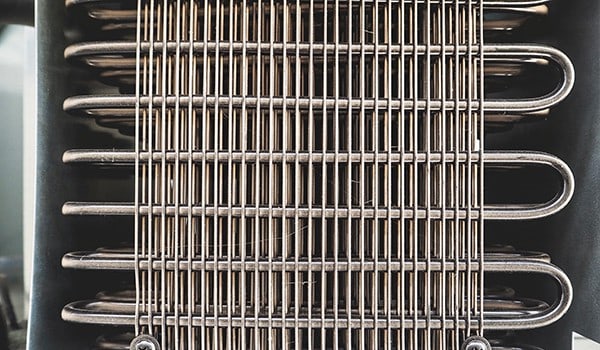
Maintaining a properly functioning refrigerator is essential for preserving your food’s freshness and longevity. One key aspect of refrigerator maintenance is cleaning its coils regularly. You might be wondering, “how often should I clean the coils on my refrigerator?” Well, let’s explore the importance of this task and discover the ideal frequency to keep your fridge running smoothly and efficiently. After all, a clean fridge coils can do wonders for extending the lifespan of your beloved appliance and saving you from potential costly repairs. So let’s jump right in and uncover the answer to this commonly asked question.
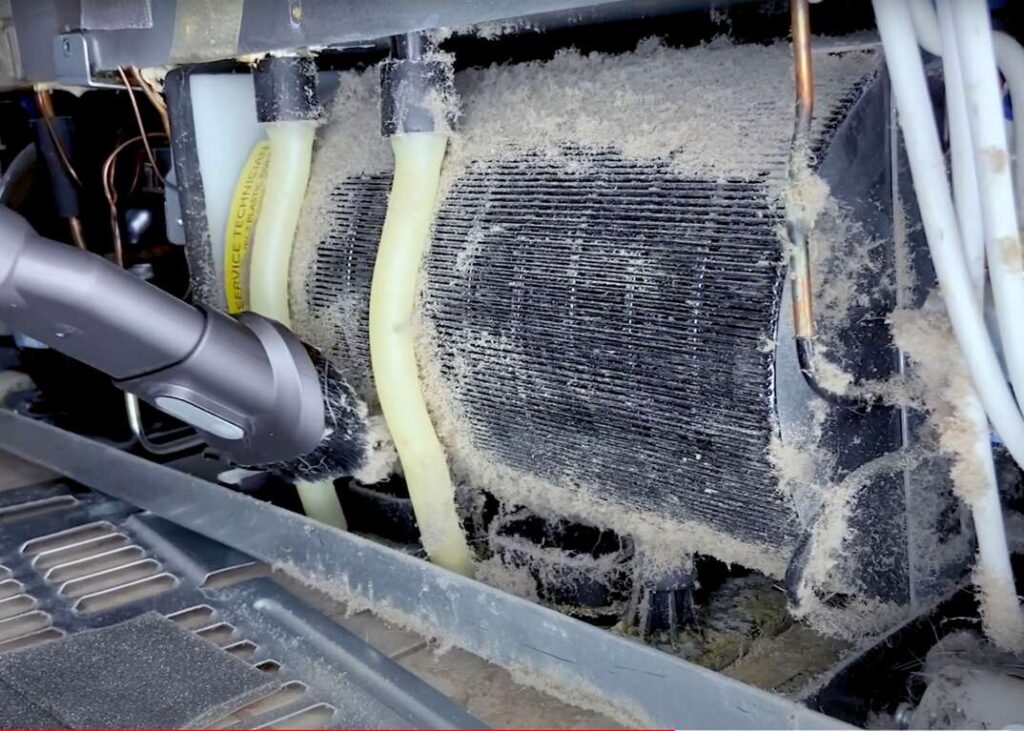
Factors to Consider
Location of the Refrigerator
The location of your refrigerator plays a crucial role in determining how often you should clean the coils. If your refrigerator is placed in an area with high traffic or exposed to excessive dust, dirt, or pet hair, it will accumulate debris faster and require more frequent cleaning. On the other hand, if your refrigerator is situated in a clean and low-traffic area, you may not need to clean the coils as often.
Frequency of Use
The frequency of use also affects how frequently you should clean the coils. If you and your family frequently access the refrigerator, the coils are likely to attract more dirt and dust. In such cases, regular cleaning is essential to prevent the accumulation of debris, which can impact the refrigerator’s cooling efficiency.
Type of Refrigerator
The type of refrigerator you own is another factor to consider when determining how often to clean the coils. Different types of refrigerators may have varying cooling mechanisms, coil placements, and designs, which can impact the rate of dust and dirt accumulation. It is recommended to refer to the manufacturer’s guidelines or consult with a professional to understand the specific cleaning requirements for your refrigerator model.
Signs that the Coils Need Cleaning
Visible Dust and Dirt
One of the most evident signs that your refrigerator coils need cleaning is the presence of visible dust and dirt. If you notice a layer of debris coating the coils, it is a clear indication that they are in need of attention. Dust and dirt on the coils hinder their ability to release heat efficiently, resulting in reduced cooling performance and increased energy consumption.
Unusual Noises or Odors
Another sign that the coils may need cleaning is the presence of unusual noises or odors coming from your refrigerator. When the coils are clogged with dirt, the refrigerator may have to work harder to maintain optimal cooling, leading to strain on the compressor. This strain can cause the appliance to produce strange noises or emit unpleasant odors. Cleaning the coils can alleviate these issues and improve the overall functioning of the refrigerator.
Increased Energy Consumption
If you notice a sudden spike in your energy bills without any other plausible explanation, dirty coils could be the culprit. When the coils are covered with dust and dirt, it becomes harder for them to transfer heat effectively, forcing the refrigerator to consume more energy in order to maintain the desired temperature. Regular coil cleaning can help improve the efficiency of the refrigerator and lower your energy consumption.
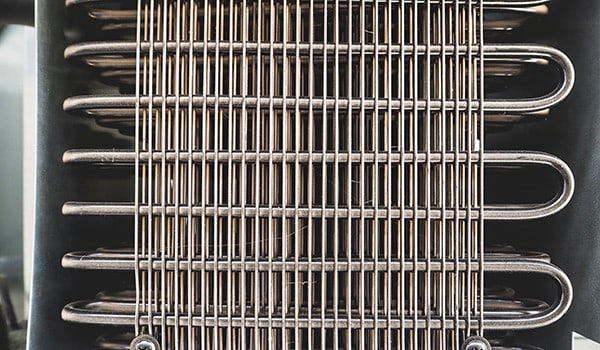
Benefits of Regular Coil Cleaning
Improves Refrigerator Efficiency
Regularly cleaning the coils of your refrigerator is essential to maintain its efficiency. Dust and dirt accumulation on the coils can hinder heat transfer, causing the appliance to work harder to cool its contents. By cleaning the coils, you ensure that they are free from debris, allowing for optimal heat dissipation and improved cooling performance.
Enhances Cooling Performance
Clean coils are crucial for the refrigerator’s cooling performance. When debris builds up on the coils, it acts as an insulator and prevents efficient heat transfer. As a result, the refrigerator has to work longer and harder to cool down, which can lead to inconsistent temperature control. By regularly cleaning the coils, you can ensure that your refrigerator maintains a consistent and optimal cooling level, keeping your food fresh and safe.
Prolongs Lifespan of the Appliance
Regular coil cleaning can significantly extend the lifespan of your refrigerator. When dust and dirt accumulate on the coils, the compressor and other vital components may experience strain, leading to potential malfunctions or breakdowns. By keeping the coils clean, you reduce the load on the refrigerator’s components, which can help prolong its lifespan and save you from costly repairs or replacements in the long run.
Standard Cleaning Frequency
Every 6 Months
For most households, cleaning the coils every 6 months is a good starting point. This frequency works well for refrigerators located in relatively clean environments with moderate to low usage. However, it is essential to monitor the condition of the coils regularly and adjust the cleaning schedule if needed.
Every 3 Months
If your refrigerator is placed in a high-traffic area or an environment prone to dust, dirt, or pet hair, cleaning the coils every 3 months may be necessary. This applies to households with heavy usage or if you notice significant dust buildup on the coils during regular inspections.
Every 12 Months
If your refrigerator is located in a clean and low-traffic area, and you have minimal usage, cleaning the coils once a year may be sufficient. However, it is crucial to keep an eye out for any signs of dust buildup, unusual noises, or increased energy consumption, as these may indicate the need for more frequent cleaning.
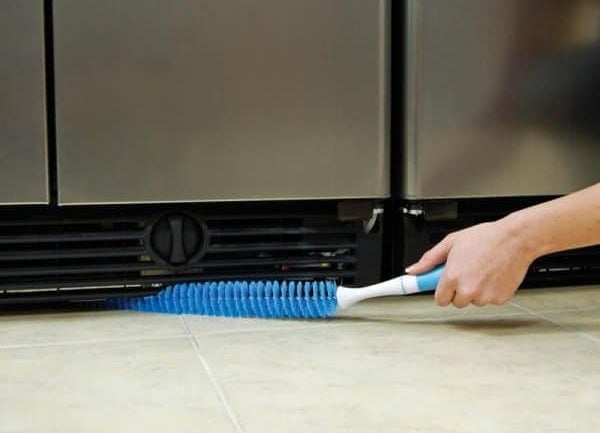
Cleaning Process
Gather Necessary Supplies
Before starting the cleaning process, gather the necessary supplies. You will need a soft-bristled brush or coil cleaning brush, a vacuum cleaner with a brush attachment, and a damp cloth or sponge. It is important to ensure that the refrigerator is unplugged during the cleaning process to avoid any electrical accidents.
Unplug the Refrigerator
Safety should always be a priority when cleaning the coils. Before beginning the cleaning process, unplug the refrigerator from the power source to prevent any electrical accidents. This step is essential to protect yourself and avoid any potential damage to the appliance.
Locate the Coils
The location of the coils may vary depending on the refrigerator model. In most cases, the coils are found either at the back of the refrigerator or underneath the appliance. Refer to the manufacturer’s guidelines or consult the refrigerator’s user manual if you are unsure of their exact location.
Brush Off Loose Debris
Using a soft-bristled brush or a specialized coil cleaning brush, gently brush off any loose debris from the coils. Be cautious not to apply excessive pressure to avoid damaging the delicate fins of the coils. It is important to remove as much loose dirt and dust as possible before proceeding to the next step.
Vacuum the Coils
Once you have brushed off the loose debris, use a vacuum cleaner with a brush attachment to thoroughly clean the coils. Move the brush attachment over the coils in a gentle and controlled manner to remove any remaining dirt or dust. The vacuum cleaner will help ensure a more thorough cleaning without causing any damage to the coils.
Wipe Down the Coils
After vacuuming, use a damp cloth or sponge to wipe down the coils. Make sure the cloth is only slightly damp and avoid using excessive water or cleaning solutions directly on the coils. Wipe in a gentle and circular motion to remove any lingering dirt or residue. Once you have wiped down the coils, let them dry completely before plugging the refrigerator back in.
Safety Precautions
Power Off the Refrigerator
Always remember to power off the refrigerator and unplug it from the electrical outlet before cleaning the coils. This step is crucial to ensure your safety and prevent any potential accidents. Working on a powered-on appliance can result in electric shock or damage to the refrigerator and should be avoided at all costs.
Use Safety Gloves
While cleaning the coils, it is advisable to wear safety gloves to protect your hands from any sharp edges or potential allergens. Some refrigerators have sharp metal fins on the coils, and it is essential to handle them with caution to avoid any injuries or cuts.
Avoid Using Water or Cleaning Solutions Directly on Coils
It is important to avoid using water or cleaning solutions directly on the coils when cleaning them. Excessive moisture or cleaning products can seep into the coils and cause damage to the delicate fins or other internal components. Instead, opt for a slightly damp cloth or sponge to wipe down the coils gently.
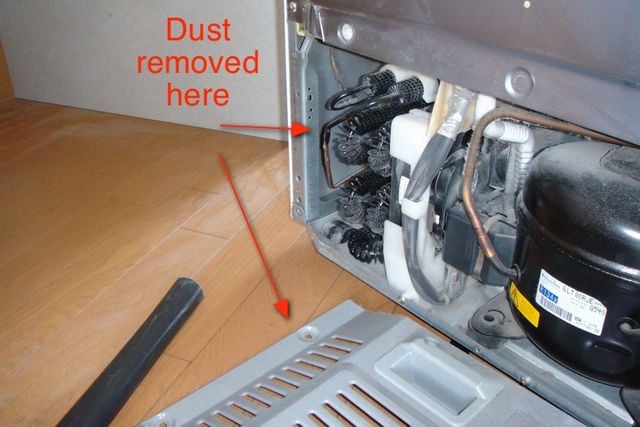
Professional Coil Cleaning
When to Hire a Professional?
While regular DIY coil cleaning is sufficient for most households, there are certain situations where it is advisable to hire a professional. If you are uncomfortable or unsure about the cleaning process, it is best to seek professional assistance. Additionally, if you notice any signs of damage or malfunction in your refrigerator, it is recommended to consult a professional technician for a thorough inspection and cleaning.
Cost of Professional Cleaning
The cost of professional coil cleaning services can vary depending on various factors, such as the location, the size of the refrigerator, and the extent of dirt and debris buildup. On average, professional coil cleaning can range from $50 to $150. It is advisable to contact different service providers and compare their rates to ensure you get the best value for your money.
Frequency of Professional Cleaning
The frequency of professional coil cleaning depends on the specific needs of your refrigerator and the environmental conditions in which it is placed. It is generally recommended to have professional coil cleaning performed once every 1-2 years. However, if you notice any issues or signs of reduced performance, it is best to consult with a professional to determine the appropriate cleaning schedule.
Alternative Cleaning Methods
Compressed Air
Using compressed air is an alternative method to clean refrigerator coils. You can purchase a can of compressed air from a local electronics or hardware store. Hold the can upright and blow the compressed air onto the coils in a sweeping motion. This method helps dislodge and remove loose debris or dust. However, it may not be as effective in cleaning stubborn dirt or debris buildup.
Coil Cleaning Brushes
Coil cleaning brushes are specifically designed to clean the delicate fins of refrigerator coils. These brushes have soft bristles that can effectively dislodge dirt and dust without causing damage. Use the coil cleaning brush in combination with a vacuum cleaner to achieve a thorough cleaning. Coil cleaning brushes are readily available at appliance stores or online retailers.
Condenser Coil Cleaning Products
There are various condenser coil cleaning products available on the market. These products are designed to dissolve stubborn dirt, grease, or debris on the coils, making the cleaning process more effective. Follow the instructions provided by the manufacturer carefully when using these products and ensure that they are compatible with your refrigerator model.
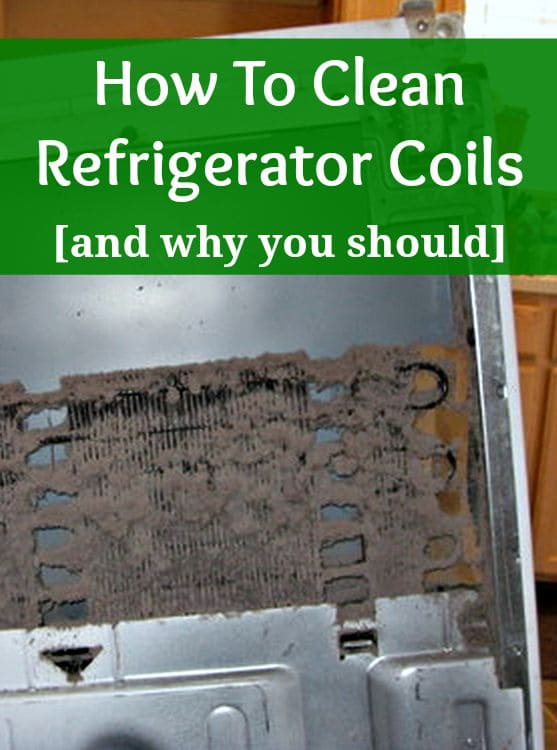
Additional Maintenance Tips
Keep the Refrigerator Clean
Regularly clean the interior and exterior of your refrigerator to prevent the accumulation of debris and dust. Wipe spills and sticky residue immediately to avoid attracting dirt or mold. Additionally, clean the door seals regularly to ensure a tight seal and prevent air leakage, which can impact the refrigerator’s cooling efficiency.
Check Door Seals Regularly
Inspect the door seals of your refrigerator periodically to ensure they are in good condition. Cracked or worn-out door seals can result in air leaks and compromise the refrigerator’s cooling performance. If you notice any issues with the door seals, it is essential to replace them promptly to maintain optimal energy efficiency and cooling.
Maintain Proper Temperature Settings
Adjust the temperature settings of your refrigerator according to the manufacturer’s recommendations. Keeping the refrigerator at the optimal temperature helps ensure the longevity of the appliance and prevents unnecessary energy consumption. Consult the user manual or contact the manufacturer if you are unsure of the recommended temperature settings for your refrigerator model.
Conclusion
Regularly cleaning the coils of your refrigerator is a vital maintenance task to ensure its optimal performance and extend its lifespan. By considering factors such as the location, frequency of use, and type of refrigerator, you can determine how often the coils should be cleaned. Signs such as visible dust and dirt, unusual noises or odors, and increased energy consumption indicate the need for cleaning. Regular coil cleaning offers several benefits, including improved efficiency, enhanced cooling performance, and a prolonged lifespan for your refrigerator. Follow the recommended cleaning frequency and safety precautions to ensure a thorough and safe cleaning process. If needed, consider professional coil cleaning or explore alternative cleaning methods such as compressed air or coil cleaning brushes. Additionally, practice proper maintenance habits like keeping the refrigerator clean, checking door seals regularly, and maintaining proper temperature settings to maximize the efficiency and longevity of your appliance.


